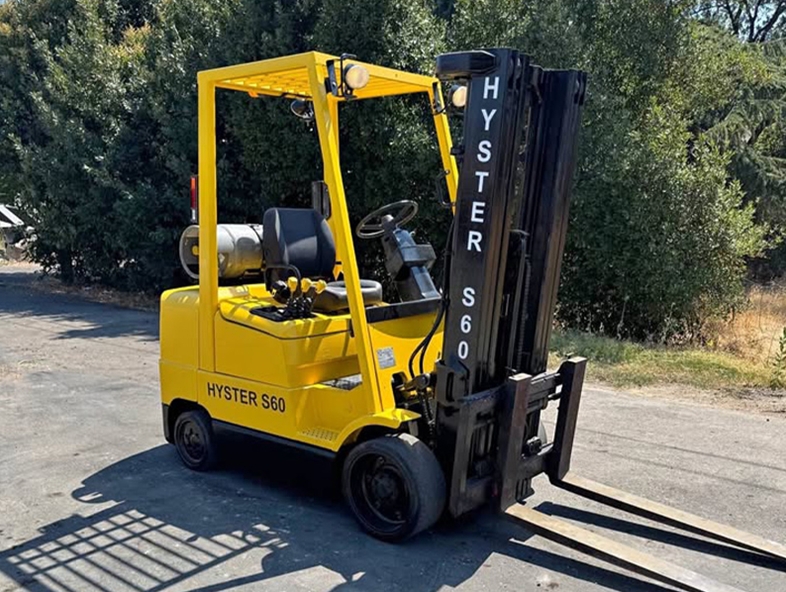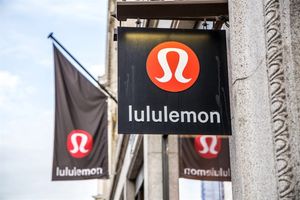
Owning a forklift is a significant responsibility that goes beyond simply acquiring a piece of equipment. A forklift can dramatically improve productivity and efficiency in any warehouse, factory, or yard operation—but only when managed properly. It’s a long-term investment that requires consistent maintenance, trained operators, and a commitment to safety and compliance. Neglecting these elements can quickly turn a forklift from an asset into a costly liability.
1. Define Your Operating Requirements
Before purchasing or maintaining a forklift, it’s essential to identify your exact operational needs. Each forklift type is designed for a specific environment and task, and choosing the wrong configuration can lead to safety risks and downtime.
- Load capacity and lift height: Determine the heaviest loads you will handle and how high they must be lifted. - Work environment: Decide whether the forklift will operate indoors or outdoors, as this affects engine type, emissions, and tire choice. - Aisle width and maneuverability: Measure your working area to ensure the forklift can move comfortably without damaging racks or inventory. - Usage hours: High-duty operations may require newer or heavy-duty units designed for long shifts. - Surface conditions: Consider whether your floors are smooth, uneven, or outdoor gravel—this determines tire and suspension needs.
The better you understand your operation, the more precisely you can match a forklift to your business. This minimizes wear and tear, reduces accidents, and ensures optimal performance from day one.
2. Choose the Right Power and Tire Configuration
The forklift’s power source and tires determine how well it performs under specific conditions. Electric forklifts are popular in warehouses for their quiet operation and zero emissions, while internal combustion forklifts are favored outdoors for their durability and power.
- Electric forklifts: Great for indoor use, produce no emissions, and are cost-effective over time. - Internal combustion forklifts: Use diesel, propane, or gasoline; best for outdoor environments where power and range are critical. - Tire options: - *Cushion tires* are ideal for smooth warehouse floors. - *Pneumatic tires* handle outdoor surfaces and uneven terrain.
Selecting the right setup ensures not only longer equipment life but also greater operator comfort and safety.
3. Safety and Operator Training
Proper training and safety measures protect both operators and bystanders. Every operator should complete certified forklift training before operating any vehicle, and refresher courses should be scheduled regularly.
- Enforce pre-shift inspections for brakes, hydraulics, steering, and lights. - Designate safe travel lanes and pedestrian zones. - Install warning alarms, mirrors, and lighting for better visibility. - Implement strict speed limits in tight or high-traffic areas.
Maintaining a safety-first culture reduces accidents and lowers insurance costs, while boosting overall employee confidence and morale.
4. Maintenance, Inspection, and Parts Availability
Routine maintenance keeps your forklift operating efficiently and extends its lifespan. Ignoring small issues can quickly lead to major repairs. A proactive maintenance plan ensures your equipment remains safe and compliant.
- Create daily, weekly, and monthly inspection checklists. - Replace fluids, filters, and belts according to the manufacturer’s recommendations. - Maintain detailed service records for audits and warranty purposes. - Always use high-quality replacement parts.
If you own Hyster forklifts, using high quality Hyster forklift parts helps ensure dependable performance and fast repairs. Quick access to parts means less downtime and more consistent productivity.
5. Total Cost of Ownership (TCO)
Many owners focus solely on the purchase price, but the true cost of a forklift includes maintenance, energy use, and depreciation. Understanding your total cost of ownership helps plan budgets more effectively.
- Fuel or battery costs - Regular service and parts replacement - Operator training and wages - Downtime due to maintenance - Depreciation and resale value
A cheaper forklift upfront may cost more in the long term if it requires frequent repairs or if replacement parts are hard to find. Investing in a reputable brand with available parts and strong support will always pay off.
6. Safe Operating Practices
Operating safely means respecting the machine’s limits and promoting discipline in daily use. Overloading or mishandling a forklift can cause severe injuries or costly damage.
- Never exceed rated lifting capacity. - Keep loads low while moving. - Drive slowly when turning corners or near pedestrians. - Avoid sudden stops or quick reversals when carrying heavy loads. - Use horns or alarms when visibility is limited.
Small habits make a big difference—consistency in safe operation reduces accidents and extends equipment life.
7. Compliance, Regulations, and Insurance
Forklifts are regulated machines, and staying compliant helps protect your business. Laws vary by region, but most require proper operator certification, safety documentation, and equipment inspections.
- Maintain up-to-date training certifications for all operators. - Document every maintenance and inspection cycle. - Follow emissions and fuel storage rules for combustion engines. - Ensure insurance policies cover both operator liability and equipment damage.
Following regulations not only keeps your company safe from fines but also demonstrates a professional standard of care to clients and employees.
8. Planning for Upgrades and Replacement
Forklifts have a finite lifespan. Even with proper care, usage hours, wear, and technology advancements eventually require replacement. Plan ahead to avoid sudden disruptions.
- Track equipment hours to estimate replacement timelines. - Schedule periodic evaluations to compare repair costs versus replacement. - Consider adding attachments or newer models for expanding workloads.
Proactive planning ensures continuity, avoids downtime, and supports future growth without unexpected expenses.
9. Ergonomics and Environmental Impact
Operator comfort and environmental responsibility are increasingly important factors. Ergonomic forklifts reduce fatigue and improve focus, while environmentally friendly models lower emissions and energy costs.
- Choose forklifts with adjustable seats, good visibility, and user-friendly controls. - Limit vibration and noise to reduce fatigue. - Maintain clean work areas and consider switching to electric models for greener operations.
When operators are comfortable and equipment is sustainable, productivity and morale naturally increase.
Conclusion
Owning a forklift is more than a purchase—it’s a long-term commitment to safety, efficiency, and reliability. By understanding your operational requirements, investing in training, and following a strict maintenance plan, you can get the most value from your investment. High-quality components help ensure that your equipment performs consistently year after year. With the right approach, a forklift becomes a cornerstone of productivity and a reflection of your company’s professionalism.
Media Contact
Company Name: Intella Parts Company, LLC
Contact Person: Marcel VandenTop
Email: Send Email
Country: United States
Website: intellaparts.com





